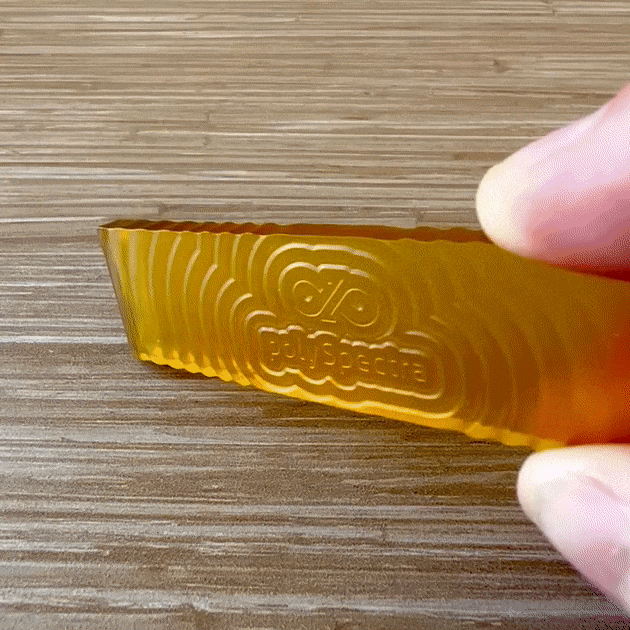Toughness in Photopolymer Resin 3D Printing
Toughness is a critical material property, especially in the context of photopolymer resin 3D printing, which includes technologies such as stereolithography (SLA) and vat photopolymerization. It refers to the ability of a material to absorb energy and plastically deform without fracturing. In additive manufacturing, toughness is essential for producing durable parts that can withstand mechanical stresses and impacts during use.
This report analyzes several sources that contribute to understanding the importance of toughness in photopolymer resin 3D printing. Each source is evaluated for its relevance, reliability, and significance to the research question.
Frontiers in Materials on Vat-Photopolymerization for Dental Applications
Relevance: This article discusses the use of vat-photopolymerization technologies for dental applications, emphasizing the importance of material selection for achieving the necessary mechanical and aesthetic properties, including toughness.
Reliability: As a peer-reviewed article, this source is likely to be reliable, offering an academic perspective on the topic.
Significance: The source is significant for highlighting the specific requirements of toughness in medical and dental applications, where failure of a part due to inadequate toughness can have serious consequences.
Additive Manufacturing on Fracture Toughness in 3D Printed Polymer and Polymer Composites
Relevance: This review article focuses on the factors influencing fracture toughness in 3D printed polymers and composites, which is directly related to the topic of toughness in photopolymer resin 3D printing.
Reliability: Published in a peer-reviewed journal, this source is likely to be reliable and provides an in-depth analysis of the factors affecting toughness.
Significance: The source is significant for its detailed discussion on how printing parameters and material composition affect the toughness of 3D printed parts, offering insights into how to improve toughness in photopolymer resin printing.
Nature on Vat Photopolymerization System for High-Viscosity Resins
Relevance: This article from Nature discusses a new vat photopolymerization system that allows for the use of high-viscosity resins, which can lead to improved mechanical properties, including toughness.
Reliability: As a publication in one of the most prestigious scientific journals, this source is highly reliable and represents cutting-edge research in the field.
Significance: The source is significant for its potential to unlock new possibilities in 3D printing with toughened materials, addressing a major limitation in the field.
ScienceDirect on High-Resolution Vat Photopolymerization
Relevance: This paper reviews vat photopolymerization technologies, including their advantages in geometry precision and material selection, which can impact the toughness of the final printed parts.
Reliability: Published in a peer-reviewed journal, this source is likely to be reliable, offering a comprehensive overview of vat photopolymerization.
Significance: The source is significant for its discussion on the precision of vat photopolymerization, which can affect the microstructure and, consequently, the toughness of printed parts.
Polymers for 3D Printing on Photopolymers
Relevance: This chapter provides an overview of photopolymers used in 3D printing, including their properties and applications, which is essential for understanding the factors that contribute to toughness.
Reliability: As part of a book on polymers for 3D printing, this source is likely to be reliable, though the level of detail and peer review is not clear from the excerpt.
Significance: The source is significant for its broad coverage of photopolymers, offering a foundation for understanding how different resin formulations can affect toughness.
Conclusion
The sources provided offer a diverse range of perspectives on the importance of toughness in photopolymer resin 3D printing. From industry blogs to peer-reviewed scientific articles, each source contributes valuable insights into how toughness can be measured, improved, and applied in various contexts. When researching toughness in photopolymer resins, it is important to consider the trade-offs with other material properties, the impact of printing parameters, and the specific requirements of the application. The selected sources provide a solid foundation for further research into developing tougher photopolymer resins for additive manufacturing.
